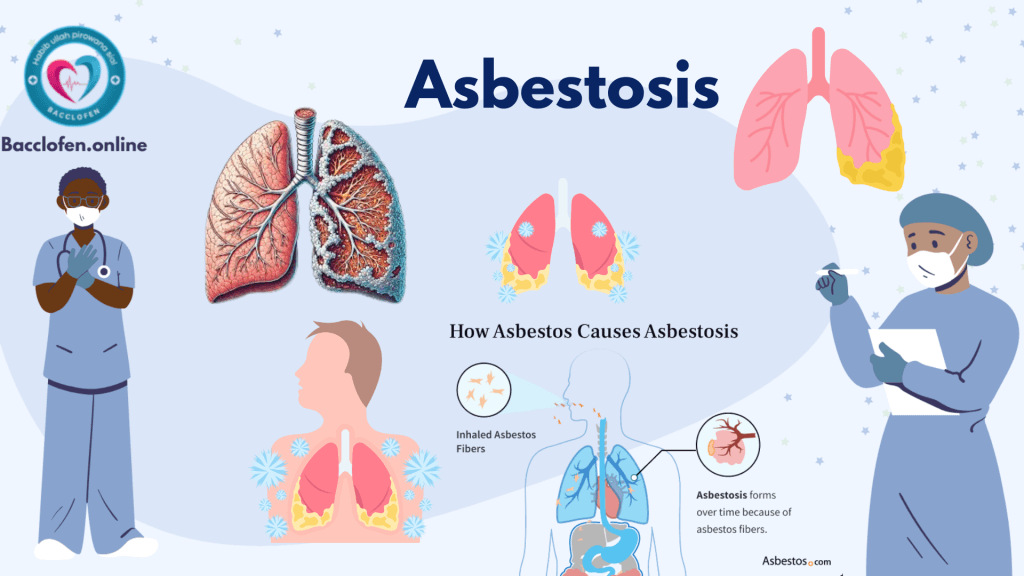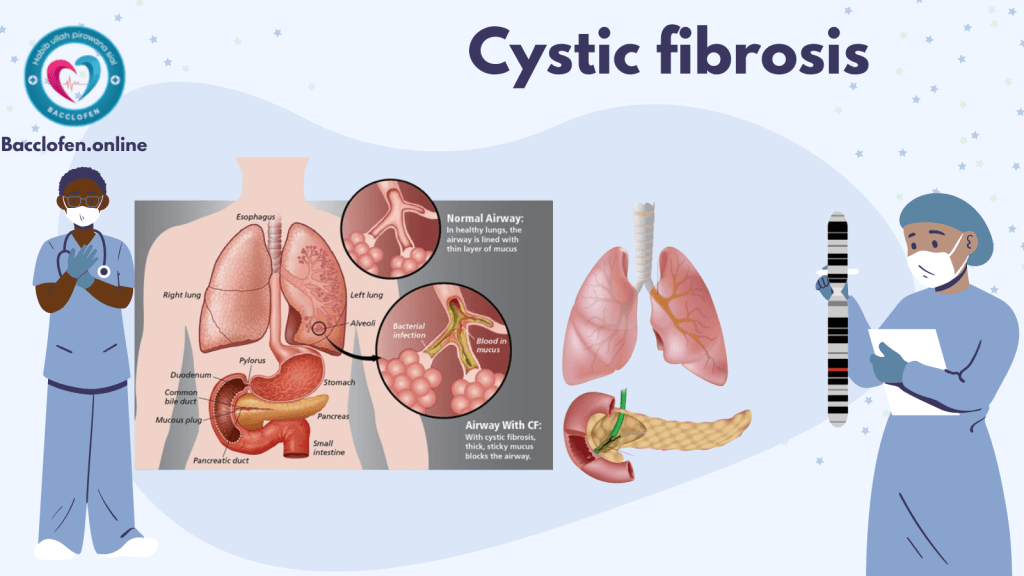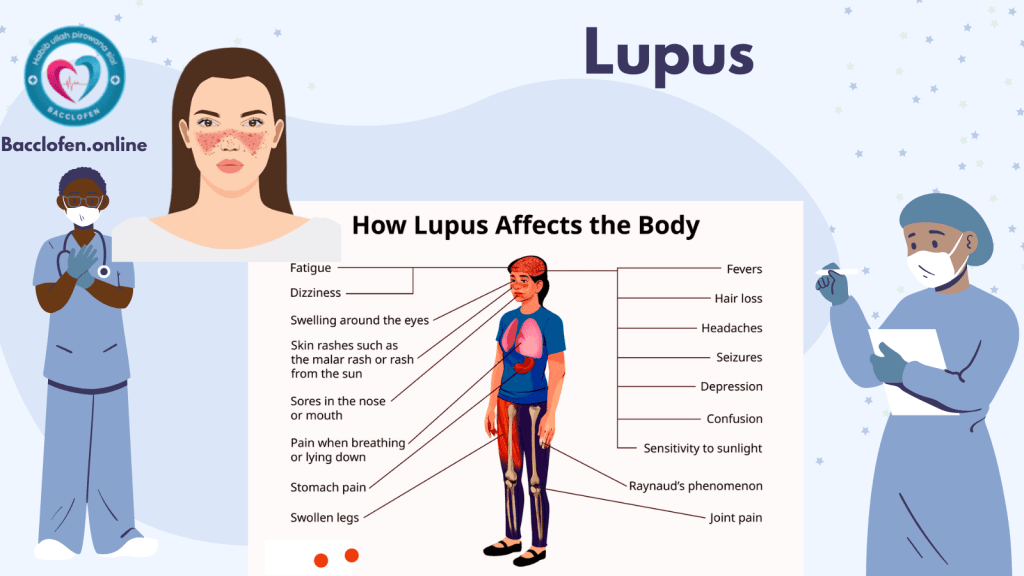Asbestosis is a type of pneumoconiosis—a lung disease caused by inhaling mineral dust. The condition results from chronic exposure to asbestos, a group of naturally occurring fibrous minerals used in construction, insulation, and manufacturing. The inhaled fibers become trapped in the lungs, causing inflammation and scarring over time.
The severity of asbestosis depends on the duration and intensity of exposure. It is often associated with other asbestos-related conditions, such as mesothelioma and lung cancer.
What is Asbestosis?
Asbestosis is a type of pneumoconiosis—a lung disease caused by inhaling mineral dust. The condition results from chronic exposure to asbestos, a group of naturally occurring fibrous minerals used in construction, insulation, and manufacturing. The inhaled fibers become trapped in the lungs, causing inflammation and scarring over time.
The severity of asbestosis depends on the duration and intensity of exposure. It is often associated with other asbestos-related conditions, such as mesothelioma and lung cancer.
Causes of Asbestosis
Asbestosis is caused by inhaling asbestos fibers, which are resistant to heat, fire, and chemical damage. Key sources of exposure include:
1. Occupational Exposure
- Construction Workers: Asbestos was widely used in building materials like cement, roofing, and tiles.
- Shipyard Workers: Asbestos was used for insulation in ships.
- Industrial Workers: Employees in factories producing asbestos-containing products.
- Miners: Mining asbestos exposes workers to raw fibers.
2. Environmental Exposure
- Proximity to asbestos mines or industries can lead to inhalation of fibers released into the air.
- Asbestos contamination in soil or water sources may also pose risks.
3. Secondary Exposure
- Family members of workers exposed to asbestos may encounter fibers brought home on clothing or equipment.
4. Historical Use
- Asbestos use peaked in the mid-20th century but declined after its health risks were recognized. However, older buildings and materials may still contain asbestos.
Symptoms of Asbestosis
The symptoms of asbestosis typically develop slowly and worsen over time. Common signs include:
1. Respiratory Symptoms
- Shortness of Breath: Initially occurs during physical activity but may progress to resting periods.
- Persistent Dry Cough: Often accompanied by chest discomfort.
- Chest Pain: Caused by lung scarring and inflammation.
- Wheezing: Due to restricted airflow.
2. Other Symptoms
- Fatigue: Resulting from reduced oxygen exchange in the lungs.
- Weight Loss: Often unintentional and linked to breathing difficulties.
- Clubbing of Fingers and Toes: Swelling and rounding of the fingertips, a sign of chronic oxygen deprivation.

Complications of Asbestosis
If left untreated, asbestosis can lead to severe complications, including:
- Lung Cancer: A significant risk for individuals exposed to asbestos, especially smokers.
- Mesothelioma: A rare, aggressive cancer of the lung or abdominal lining caused exclusively by asbestos exposure.
- Chronic Respiratory Failure: Resulting from progressive lung scarring.
- Cor Pulmonale: Right-sided heart failure due to increased lung pressure.
Prevention of Asbestosis
Preventing asbestosis involves minimizing exposure to asbestos fibers. Effective strategies include:
1. Workplace Safety
- Follow Occupational Safety and Health Administration (OSHA) guidelines for asbestos handling.
- Use personal protective equipment (PPE), such as masks and respirators, in high-risk environments.
- Conduct regular workplace air quality monitoring.
2. Building Inspections
- Hire professionals to inspect and safely remove asbestos-containing materials in older structures.
3. Public Awareness
- Educate workers and the general public about the dangers of asbestos exposure.
- Promote regulations to limit asbestos use and ensure proper disposal.
4. Smoking Cessation
- Smoking increases the risk of asbestos-related lung diseases. Quitting smoking reduces the likelihood of complications.
Diagnosis of Asbestosis
Diagnosing asbestosis involves a combination of medical history, physical examination, and diagnostic tests:
1. Medical History
- Detailed inquiry about occupational and environmental asbestos exposure.
- Assessment of symptoms and their progression.
2. Physical Examination
- Listening to the lungs with a stethoscope for crackling sounds during breathing.
3. Imaging Tests
- Chest X-rays: Reveal lung scarring, often described as “honeycombing.”
- High-Resolution CT Scans: Provide more detailed images to detect fibrosis and other abnormalities.
4. Pulmonary Function Tests (PFTs)
- Measure lung capacity and efficiency in exchanging oxygen and carbon dioxide.
5. Biopsy or Bronchoscopy
- In rare cases, tissue samples may be taken to rule out other conditions like cancer.
Treatment of Asbestosis
Although there is no cure for asbestosis, treatments focus on relieving symptoms, slowing disease progression, and improving quality of life:
1. Medications
- Bronchodilators: Help open airways and ease breathing.
- Corticosteroids: Reduce inflammation in severe cases.
- Oxygen Therapy: Provides supplemental oxygen to alleviate shortness of breath.
2. Pulmonary Rehabilitation
- A structured program that includes breathing exercises, physical therapy, and nutritional counseling.
3. Lifestyle Modifications
- Smoking Cessation: Essential to prevent further lung damage.
- Healthy Diet: Supports overall lung health and boosts immunity.
- Regular Exercise: Improves lung function and stamina.
4. Vaccinations
- Annual flu shots and pneumococcal vaccines to reduce the risk of respiratory infections.
5. Advanced Treatments
- Lung Transplant: Considered for severe cases where other treatments are ineffective.
Living with Asbestosis
Managing asbestosis requires ongoing medical care and lifestyle adjustments:
- Monitor Symptoms: Regular check-ups to assess disease progression.
- Support Networks: Join support groups for individuals with asbestos-related diseases.
- Legal Support: Seek compensation for asbestos exposure through legal avenues, if applicable.
Research and Advances
Current research aims to improve asbestosis management and develop safer materials:
- Exploring antifibrotic drugs to slow lung scarring.
- Investigating early diagnostic markers for asbestos-related diseases.
- Developing stricter regulations for asbestos use and disposal.
Conclusion
Asbestosis is a serious but preventable condition. By following safety guidelines, raising awareness, and implementing effective workplace practices, exposure to asbestos can be minimized. For those affected, early diagnosis and comprehensive management strategies can significantly improve quality of life and reduce the risk of complications.


